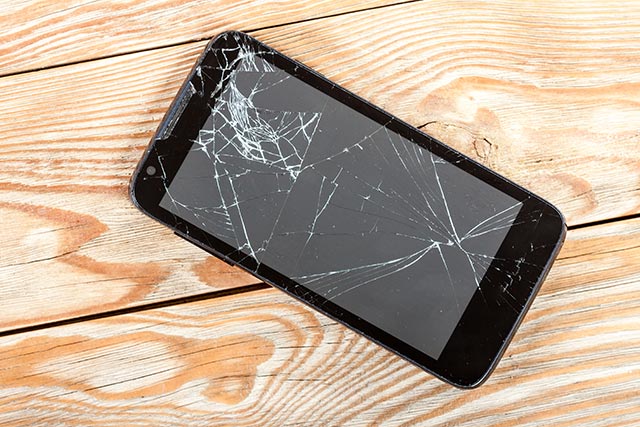Ericsson files patent for tech that can prevent phone theft
03/09/2020 / By Franz Walker

New technology being developed at Ericsson could soon be thwarting pickpockets from stealing mobile phones. The new technology detects thieves and prevents them from getting a grip on the device by vibrating rapidly.
As detailed in Ericsson’s patent, the new technology, dubbed “adaptive friction” can identify whoever is holding it just by their heartbeat. If it detects that an unauthorized user is holding it, it will send the phone into “lo-friction mode.” This uses rapid vibrations to make the phone more “slippery” and hard to pick up.
Shaking phones out of thieves hands
Pickpocketing is on the rise in major U.S. cities. For example, in Manhattan in New York City, transit larcenies rose by 15 percent in 2018. A good part of this is how much easier people are to target these days thanks to the amount of digital distraction that people can fall into. (Related: Are you addicted to your phone? Signs of mobile phone addiction.)
“The world provides a multitude of distractions to a brain that evolved to be single-minded,” says Earl Miller, a neuroscience professor at the Massachusetts Institute of Technology. “Even talking on the phone can use up all of our cognitive capacity, leaving little or no awareness of anything else.”
With this in mind, a system that can detect when a phone is being stolen seems like a good idea. Indeed, a number of sensors including biometric, fingerprint and optical can be used by the phone to identify who’s using it. Meanwhile, acceleration and light sensors can work out where a phone is being kept or held. Using these, Ericsson‘s system can look for certain combinations that can show that a phone is being stolen to trigger “lo-friction mode.”
The downside of this system is that “lo-friction mode” does come with the risk of getting the phone damaged if it gets dropped on the floor. While the system does keep a phone out of thieves’ hands, preventing them from selling it, and even stealing its owner’s data, the risk of losing the phone to damage could be too high of a cost for some.
“High-friction mode” keeps owners from dropping their phones
While the new technology can work to force thieves to drop phones that they are trying to steal, it can do the opposite. Using “high-friction mode” Ericsson states that the technology can also help legitimate owners keep a better grip on their phones.
This mode is far from the only feature outside of theft deterrence that “adaptive friction” brings with it. Ericsson has also envisioned a number of other uses for the technology. For example, Ericsson says that by adjusting the friction, the technology can make it easier for users to pick their phone out from a pocket or a handbag without pulling something else out by mistake.
As for why they’re exploring this technology, Ericsson stated that it’s in response to phones now becoming thinner and smaller. This makes them much more difficult to grip.
The latter applications—helping users maintain their grip on their phones—looks to be a much safer application of this new “adaptive friction” technology.
While keeping phones out of thieves’ hands is a noble cause, the risk of actually damaging the phone— which can cause owners to have to pay for repairs or even replacements — maybe too much. In its place, simply being more vigilant and avoiding getting distracted by the phone itself may be the more practical and cost-effective way to keep from losing a phone.
Sources include:
Tagged Under: cellular phones, goodtech, inventions, mobile devices, mobile phones, patents
RECENT NEWS & ARTICLES
COPYRIGHT © 2017 FUTURETECH.NEWS
All content posted on this site is protected under Free Speech. FutureTech.news is not responsible for content written by contributing authors. The information on this site is provided for educational and entertainment purposes only. It is not intended as a substitute for professional advice of any kind. FutureTech.news assumes no responsibility for the use or misuse of this material. All trademarks, registered trademarks and service marks mentioned on this site are the property of their respective owners.



















